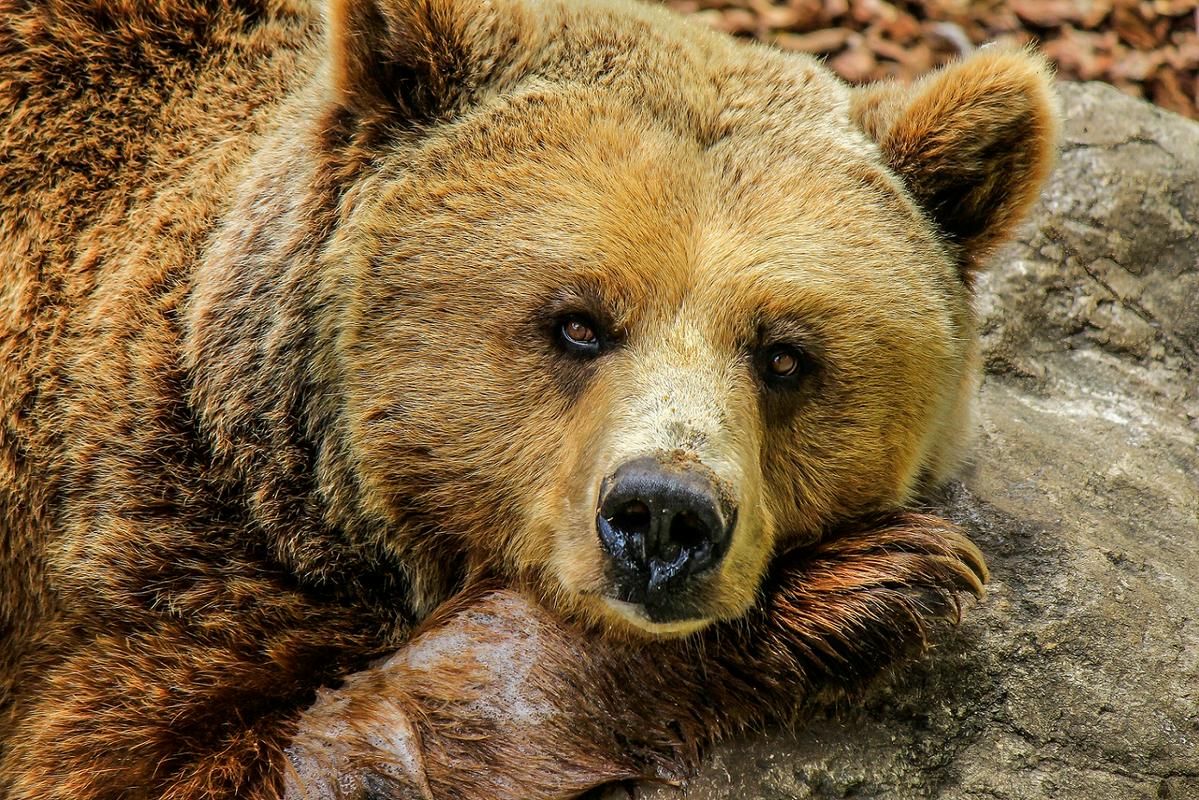
Slovenian experts are completing a research in which the number of bears in Slovenia and Croatia are established by means of molecular genetics.
The research was carried out within the framework of EU’s Life Dinalp Bear project, coordinated by the Slovenian Forest Service. The size of the bear population has been determined by the Ljubljana Biotechnical Faculty, with the help of non-professional and professional hunters and foresters, who have collected samples across the entire area where there is a population of brown bears.
In Slovenia, the method of genetic sampling was first implemented in 2007. With it, the size of bear population was estimated on the basis of reliable scientific data for the first time in Slovenia. The research has shown that there are 564 bears living in Slovenia (with a 95 % accuracy; the number is between 533 and 598).
By the end of 2015 the bear population size has increased by 33%, if we take into account the estimates from 2007, which were carried out with similar methods. ‘The estimates refer to the end of 2015, when samplings were collected on the field. This was the lowest number in the year in which the collecting was completed, and does not include the new generation born in the winter of 2015/2016. Regarding the estimates from 2007, carried out with similar methods, we see that the size of the brown bear population has increased by 33%. This was not reflected in the damages and conflicts with the species, whose numbers did not rise between 2007 and 2015,' wrote the authors of the research.
Rapid bear monitoring
Not only did they estimate the size of the bear population, researchers at the Biotechnical Faculty also had another important goal: to improve their laboratory methods, which would enable a rapid and cost-effective long-term genetic monitoring of the bear population.
Researchers have introduced the most modern methods science can offer at this moment. They might perhaps be the first in the world to use the Next Generation sequencing for genotyping the non-invasive genetic samples of a wild life population. This is considered to be a large methodological breakthrough in this field.


































































